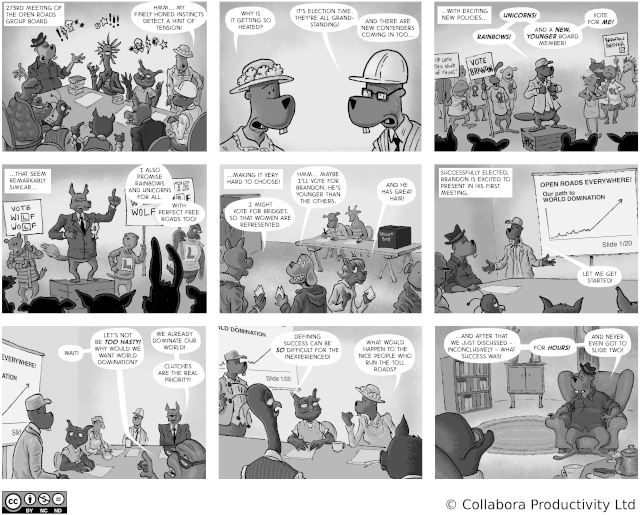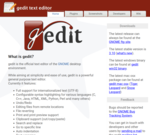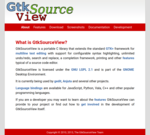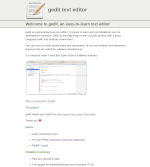-
 chevron_right
chevron_right
Philip Withnall: Parental controls screen time limits backend
news.movim.eu / PlanetGnome • 20 November • 4 minutes
Ignacy blogged recently about all the parts of the user interface for screen time limits in parental controls in GNOME. He’s been doing great work pulling that all together, while I have been working on the backend side of things. We’re aiming for this screen time limits feature to appear in GNOME 50.
There’s a
design document
which is the canonical reference for the design of the backend, but to summarise it at a high level: there’s a stateless daemon,
malcontent-timerd
, which receives logs of the child user’s time usage of the computer from
gnome-shell
in the child’s session. For example, when the child stops using the computer,
gnome-shell
will send the start and end times of the most recent period of usage. The daemon deduplicates/merges and stores them. The parent has set a screen time policy for the child, which says how much time they’re allowed on the computer per day (for example, 4h at most; or only allowed to use the computer between 15:00 and 17:00). The policy is stored against the child user in
accounts-service
.
malcontent-timerd
applies this policy to the child’s usage information to calculate an ‘estimated end time’ for the child’s current session, assuming that they continue to use the computer without taking a break. If they stop or take a break, their usage – and hence the estimated end time – is updated.
The child’s
gnome-shell
is notified of changes to the estimated end time and, once it’s reached, locks the child’s session (with appropriate advance warning).
Meanwhile, the parent can query the child’s computer usage via a separate API to
malcontent-timerd
. This returns the child’s total screen time usage per day, which allows the
usage chart
to be shown to the parent in the parental controls user interface (
malcontent-control
). The daemon imposes access controls on which users can query for usage information. Because the daemon can be accessed by the child and by the parent, and needs to be write-only for the child and read-only for the parent, it has to be a system daemon.
There’s a third API flow which allows the child to request an extension to their screen time for the day, but that’s perhaps a topic for a separate post.
So, at its core,
malcontent-timerd
is a time range store with some policy and a couple of D-Bus interfaces built on top.
Currently it only supports time limits for login sessions, but it is built in such a way that adding support for time limits for specific apps would be straightforward to add to
malcontent-timerd
in future. The main work required for that would be in
gnome-shell
— recording usage on a per-app basis (for apps which have limits applied), and enforcing those limits by freezing or blocking access to apps once the time runs out. There are some interesting user experience questions to think about there before anyone can implement it — how do you prevent a user from continuing to use an app without risking data loss (for example, by killing it)? How do you unambiguously remind the user they’re running out of time for a specific app? Can we reliably find all the windows associated with a certain app? Can we reliably instruct apps to save their state when they run out of time, to reduce the risk of data loss? There are a number of bits of architecture we’d need to get in place before per-app limits could happen.
As it stands though, the grant funding for parental controls is coming to an end. Ignacy will be continuing to work on the UI for some more weeks, but my time on it is basically up. With the funding, we’ve managed to implement digital wellbeing (screen time limits and break reminders for adults) including a whole UI for it in gnome-control-center and a fairly complex state machine for tracking your usage in gnome-shell; a refreshed UI for parental controls; parental controls screen time limits as described above; the backend for web filtering (but more on that in a future post); and everything is structured so that the extra features we want in future should bolt on nicely.
While the features may be simple to describe, the implementation spans four projects, two buses, contains three new system daemons, two new system data stores, and three fairly unique new widgets. It’s tackled all sorts of interesting user design questions (and continues to do so). It’s fully documented, has some unit tests (but not as many as I’d like), and
can be integration tested using sysexts
. The new widgets are localisable, accessible, and work in dark and light mode. There are even
man
pages. I’m quite pleased with how it’s all come together.
It’s been a team effort from a lot of people! Code, design, input and review (in no particular order): Ignacy , Allan , Sam , Florian , Sebastian , Matthijs , Felipe , Rob . Thank you Endless for the grant and the original work on parental controls. Administratively, thank you to everyone at the GNOME Foundation for handling the grant and paperwork; and thank you to the freedesktop.org admins for providing project hosting for malcontent!







